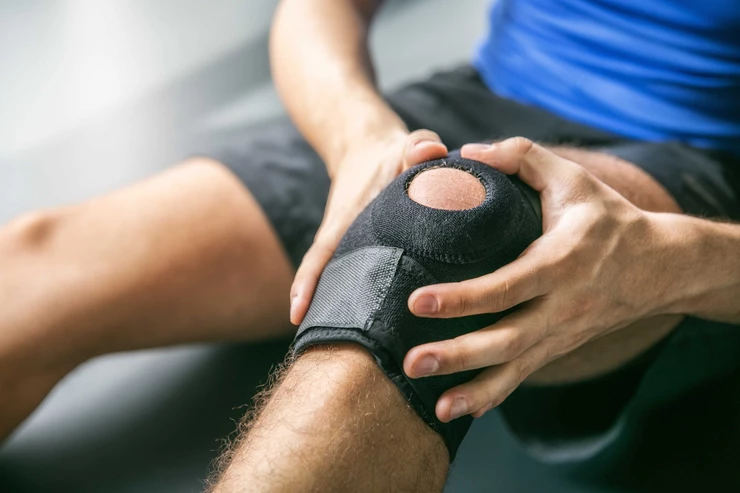Hamstring and soft tissue injuries have been a hot topic at the moment, with the amount of hamstring injuries in the AFL seemingly increasing. But why is this? The strength and power of athletes these days is greater than it has ever been, but along with this comes increased demand on the body’s tissue to cope with the stress of the modern game. Here are 3 ways to limit the potential for hamstring and soft tissue injuries during season.
1) Manage your Load
Rather than looking at your load over 1 session, look at your training load over the week. Competition is usually on the weekend, so it is imperative to periodise your training to do your hardest session in the middle of the week, during season. Athletes should then tapper their load towards the end of the week to ‘get up for game day’. Generally, your training load should not increase by a > 10% throughout the week, this includes: Frequency (number of sessions), Intensity (how hard you work), Time (amount you work), Type (type of exercise performed). This allows adequate time for the bodies tissues to heel before having to deal with game day intensity.
2) Perform Strength and Conditioning Exercises
The importance of strength and conditioning is paramount for building the bodies capacity to deal with load. What sort of strength and conditioning should you perform? Is it as simple as the magical ‘nordic hamstring curl’? Whilst Nordics have been shown to decrease hamstring injury rate by up to 50%, they are not the only exercise that should be performed. The hamstrings need to be taken through eccentric (lengthening), concentric (shortening) and isometric (muscle contraction without movement). These can be performed in either hip dominant or knee dominant movement patterns.
A great hip dominant movement is a Romanian Deadlift that targets concentric and eccentric strengthening. Knee dominant movements include Nordics and leg curls which include concentric and eccentric strengthening. Isometrics can include glute bridges performed in different ranges of knee bend, with the further out your foot is the more load on the distal hamstring.
All of these exercises should be varied in velocity (slow and fast) to target the hamstring effectively.
3) Listen to Your Body
If you are training in the gym or training on the track, there is no point pushing your body to the limits if you feel ‘off’. This may be due to a number of reasons: Lack of sleep, poor nutrition, poor hydration or poor programming, among other things. That time you pull out of a training session due to fatigue or soreness may be the difference between you missing 1 session and missing the next 3 months. Don’t get me wrong, it is important to push the body to it’s limits and this has its place, but there is a difference between pushing through a hard session and when something ‘just doesn’t feel right’. If
something doesn’t feel right, don’t be afraid to get it checked out by a physiotherapist! They are trained in diagnosing, treating and rehabilitating soft tissue injuries.
Stay Healthy!
Ryan Barron
Senior Physiotherapist




Leave a comment…